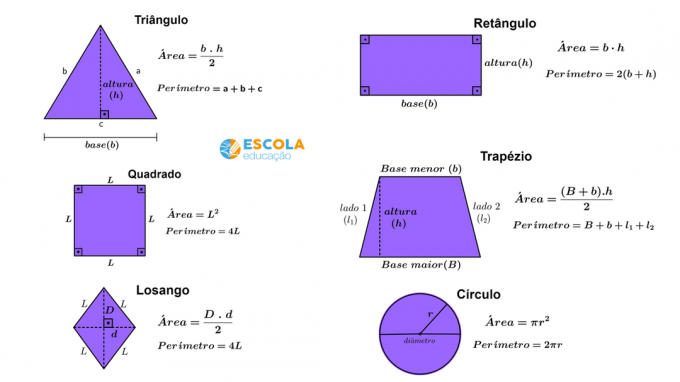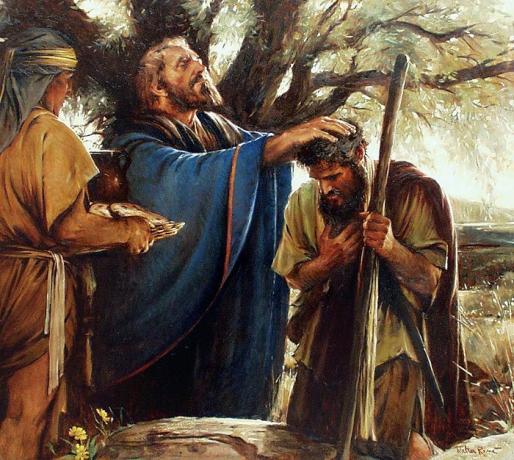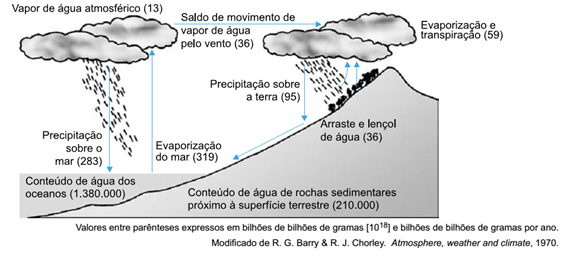Do you know what was the 1922 Modern Art Week and where was it performed? The Week of Modern Art took place at Municipal Theaterfrom Sao Paulo, from February 11 to 18, 1922. The main purpose of the exhibition was to break with the artistic model imposed by Europe.
Between the artists who participated in the 1922 Modern Art Week, were: Tarsila do Amaral, Mario de Andrade, Oswald de Andrade, Víctor Brecheret, Plinio Salgado, Anita Malfatti, Menotti Del Picchia, Guilherme de Almeida, Sérgio Milliet, Heitor Villa-Lobos, Tácito de Almeida, Di Cavalcanti and Manuel Bandeira.
Index
- 1922 Modern Art Week Summary
- Historical context
- modernist movement
- Brazilian Modernism
- Literature
- Conclusion
1922 Modern Art Week Summary
Check out a summary of the 1922 Modern Art Week, understand the historical context and characteristics of the event, and seealso some examples of the exhibited works.
Historical context
With the end of First World War (1914-1918), Europe was hit by an intense socioeconomic crisis. The countries involved in the conflict would concentrate their forces from that moment on rebuilding their cities.
Although Germany suffered the greatest effects from the defeat in the war, even the countries that emerged victorious suffered some shock. In addition to the high death toll, the war did terrible damage to the world. Among them we can mention:
- You European countries who once occupied a prominent place in the world economy, lending money to other nations, now find themselves in the position of debtors.
- You U.S they then occupy the position of the world's largest creditor; European countries borrowed about ten billion dollars.
- THE England it ceases to be the greatest world power, a post that is now occupied by the United States.
- Unemployment, hunger, inflation make room for the implementation of socialist ideas.
- Social discontent spurs the outbreak of strike movements across Europe.
- The socioeconomic crisis creates a perfect ground for the spread of authoritarian governments. Extremely nationalistic, ideologies such as the Nazism and Fascism stand as an alternative to take countries out of the crisis.
- Formation of new countries from the disintegration of the German, Austro-Hungarian and Turkish-Ottoman empires. Austria, Hungary, Czechoslovakia and Yugoslavia are some of the new countries.
Despite the large loans contracted with the North Americans, little by little Europe was regaining its strength. The help of the United States was fundamental for the reestablishment of the economy, the industries European companies showed great growth, including selling their products to the new power worldwide.
The increased consumption of North Americans benefited the industries of European countries, the 1920s represented the peak of the consumption and production of the United States, and in that same decade they would also suffer a serious economic crisis generated by the overproduction (1929 Crisis – Great Depression).
In this context of economic recovery, Europe begins a period of great cultural movement. The war not only had harmful effects, it also influenced the development of a new artistic model.
Based on the questioning of the paths society has been following, intellectuals and artists from various parts of the world used art as a means of denouncing the new values that technological society started to impose on citizens.
According to the intellectuals who started this movement, bourgeois society was responsible for the massification of the worker, and that the frenetic pace of the industries contributed to the loss of the cultural identity of the individuals.
modernist movement
Many artistic movements emerged as a means of escape for people from this environment of war, competition and oppression. For them, art should detach itself from the elitist standard imposed by museums and encourage artistic development based on creativity and innovation.
Among the movements that emerged during this period, the Dadaism, which sought to break with all traditional models and create a provocative art that urged people to rethink.
For Dada artists, art should not only be contemplative, it should encourage the individual to challenge the model imposed by the elite. Dadaists propose the construction of an artistic model recounted from simple everyday objects. The movement was strong anarchist influence.

Others examples of modernist movements were: Impressionism, Surrealism, Symbolism and Cubism.
Brazilian Modernism
Brazil was also influenced by these movements to break with traditions. The organization of 1922 Modern Art Week, which took place at the Municipal Theater of São Paulo between February 11 and 18, 1922, proposed a true artistic revolution both in literature, music, plastic arts and architecture.
- Free Online Inclusive Education Course
- Free Online Toy Library and Learning Course
- Free Online Math Games Course in Early Childhood Education
- Free Online Pedagogical Cultural Workshops Course
In a social context marked by the turmoil of urban growth, industrialization, labor movements and dissemination of socialist ideals, the modernists stimulated the creation of an art with no link to Europe, an art truly national.
Detached from previously imposed standards, the modernism in Brazilit caused great repercussion and conservative reactions, especially among the São Paulo elite, which idolized everything that was produced in the European cultural scene. Among other names, the media described modernist artists as “subversors of art”.
The Week of Modern Art served as a showcase for the exhibition of a new artistic ideal. Gradually, modernism was gaining strength and being implanted in Brazilian society. Many Brazilian modernist movements originated in this period: Movimento Pau-Brasil, the Movimento Verde-Amarelo and Grupo da Anta, and the Movimento Antropofágico.
Despite having different tendencies, they shared a desire to enhance national identity.
Among the main Brazilian modernist artists, we can highlight: Mário de Andrade, Anita Malfatti, Tarsila do Amaral, Oswald de Andrade, Menotti Del Picchia, Graça Aranha, Manuel Bandeira and Heitor Villa-Lobos.
Check out some below. works from the 1922 Week of Modern Art:




Literature
With regard to literature, the modernist writers they used their art to portray situations in the daily life of Brazilians.
One of the works created during this period deserves to be highlighted: Paulicéia Desvairada, by Mario de Andrade. In his book, the writer portrays the transformations that took place in São Paulo, emphasizing the changes caused by the urbanization.
Paulicéia Desvairada, published in 1922, is a collection of poems that address various issues related to urban growth in the city of São Paulo. Mário de Andrade was one of the first modernists to definitively break with the models imposed by the European avant-garde.
See below the initial excerpt of the modernist poem "Ode to the Bourgeois", contained in the work referred to:
Ode to the Bourgeois, by Mário de Andrade
“I insult the bourgeois! the nickel-bourgeois
the bourgeois-bourgeois!
The well-done digestion of São Paulo!
The curve-man! The buttock man!
The man who being French, Brazilian, Italian,
is always a cautious little-by-bit!
I insult cautious aristocracies!
The lamp barons! The counts Johns! The Dukes Braying!
Who live within walls without leaps,
and moan the blood of some weak milreis
to say that the lady's daughters speak French
and touch the ‘Printemps’ with their nails!
[…]”
Conclusion
The Modern Art Week did not achieve the desired impact at the time, but its ideas were gradually incorporated into the artistic scene.
The modernist movement made Brazilian artists realize the cultural richness of our country, making it unnecessary to copy artistic models imported from Europe.
See too:
- The first phase of Brazilian Modernism
- Brazilian Symbolism
- Expressionism
The password has been sent to your email.



